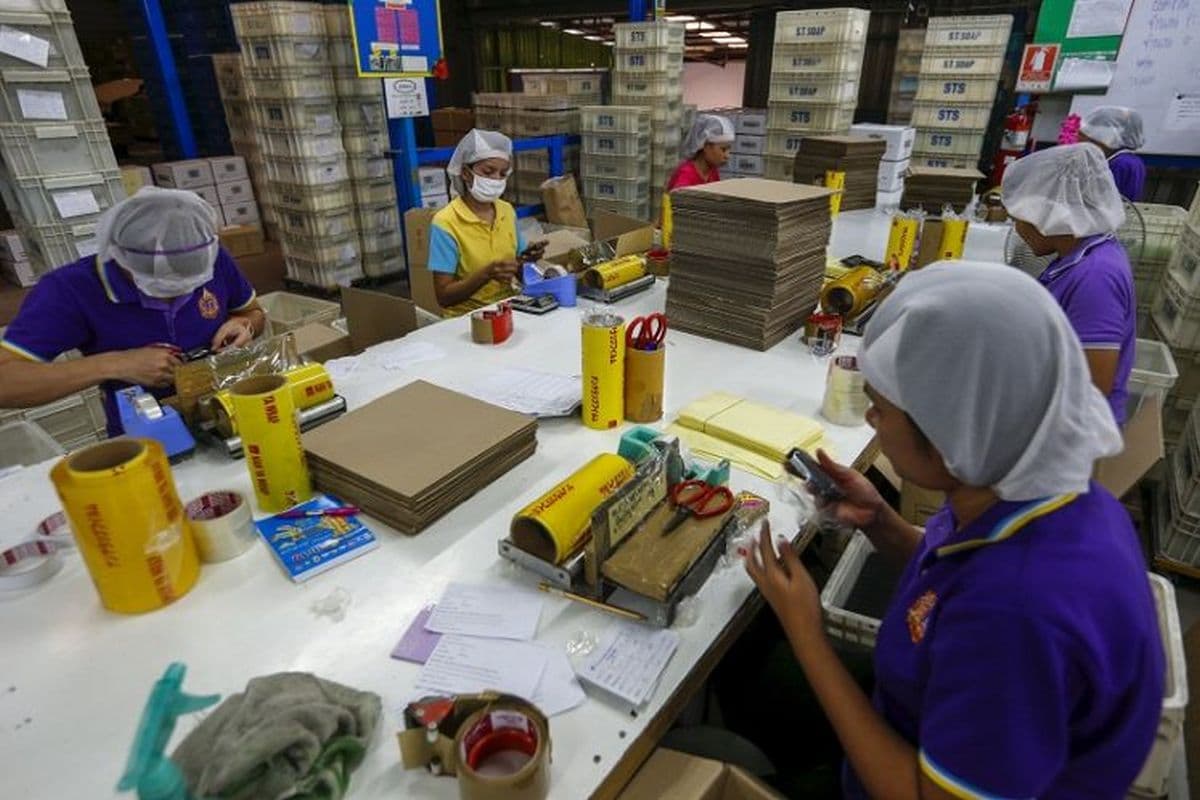
KUALA LUMPUR (April 8): Economists opine that Malaysia’s labour market is stabilising and is expected to improve in the next few months.
UOB Global Economics & Market Research senior economist Julia Goh and economist Loke Siew Ting said in a note that despite the extension of movement restrictions and inter-state travel ban, jobs data for January to February indicated higher labour force participation rate and gains in employment show a stabilising labour market.
“More economic activity such as education, school bus services, and domestic tourism activities within the green zones have restarted in March. This was followed by the lifting of the 30% work from office limit from April 1, which will allow businesses to operate at 100% capacity,” they noted.
On top of that, the government has allocated RM1.3 billion in grants, RM1.1 billion for employment retention and RM1.2 billion to RM1.5 billion in cash aid under the Permekasa package, and has pledged that there will be no more blanket movement curbs to shore up business confidence, which is supportive of labour market recovery, they said.
Given the above, the research team at UOB is projecting that unemployment levels will drop to 4% by the end of the year.
At end-2020, the unemployment rate was at 4.8%. Bank Negara Malaysia (BNM) is forecasting unemployment to come in between 4% to 5% in 2021.
MIDF Research also pointed out that the ongoing vaccination programme and the projected decline in Covid-19 cases will also boost confidence and lead to better hiring plans by local businesses.
It noted that support from the government in the form of assistance packages such as the extension of the wage subsidy, grants and microcredits to small businesses, incentives for the recruitment and the MySTEP employment programme will also improve the employment outlook this year.
The research house maintained its view that unemployment levels will continue to decline gradually to an average of 4.3% this year from 4.5% last year, thus remaining above pre-pandemic levels, they said in a note today.
According to the Department of Statistics Malaysia (DOSM), Malaysia’s unemployment rate dropped to 4.8%, from 4.9% in January, with the number of unemployed persons declining by 0.6% month-on-month (m-o-m) to 777,500 people from 782,500 people.
The number of actively unemployed people was reduced by 9,800 people to 647,400 from 657,200 people. Those who were unemployed for less than three months accounted for 50.6% of the actively unemployed, while 11.3% of the actively unemployed population were in long-term unemployment of more than a year.
In the DOSM’s statement, Chief Statistician Malaysia Datuk Seri Dr Mohd Uzir Mahidin said that the number of employed people in the country rose for the third straight month, up by 33,330 people m-o-m to 15.27 million people in February, from 15.24 million people in January.
“By economic sector, the number of employed persons in services sector continuously increased mainly in wholesale and retail trade; education and human health & social work activities while in the tourism-related industry it remained on a declining trend. Additionally, the number of employed persons in the manufacturing and construction sectors stayed positive whereas the agriculture and mining & quarrying sectors recorded a reduction,” he said.
Meanwhile, the labour force increased by 0.2% m-o-m to 16.05 million people in February from 16.02 million people in January.
Consequently, the labour force participation rate (LFPR) in February remained at 68.5%. The outside labour force population increased by 5,200 people to 7.37 million people — the largest share being among the housework-family responsibility (44.5%) and schooling-training category (42%).
Year-on-year (y-o-y) , the number of employed people declined by 0.5% to 15.27 million people, from 15.34 million people in February 2020.
The unemployment rate increased by 1.5 percentage points (ppts) to 4.8%, from 3.3% in the corresponding month last year.
The LFPR declined by 0.2% ppts to 68.5% from 68.7% in February 2020.